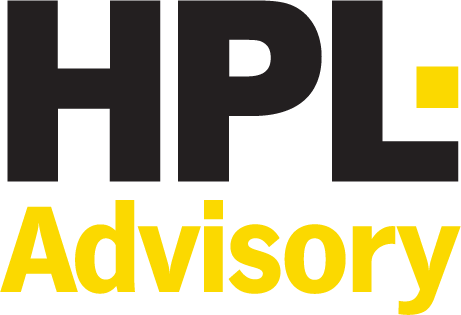News
Safe Harbour and Strategies for Business Restructuring in Times of Crisis
This year we are seeing a significant increase in insolvency activity and this is being reflected in the number of referrals we receive to provide Safe Harbour and general restructuring advice.
When cashflow and profitability issues arise, the best chance businesses have of avoiding insolvency involves making timely restructuring changes that are realistic and achievable. If a company is eligible, this can be done within the protection of the safe harbour regime.
A restructuring process starts with crisis stabilisation and then moves to addressing short-term cashflow and then onto longer term financial and operational changes.
Crisis stabilisation involves considering and identifying the critical issues impacting trading and how they can be managed. There may be landlord issues, almost certainly tax issues, overdraft excess issues and more than likely issues with key suppliers. We have discussions with directors surrounding these issues on a weekly basis, and that is where our experience adds value.
When it comes to short-term restructuring strategies, companies must act swiftly.
The suite of short-term strategies may include:
- Preserve and extend cashflow by:
- Immediate Cost Reduction;
- Accelerate Receivables;
- Expedite the collection of outstanding invoices to improve cash flow;
- Inventory Optimisation; and
- Direct negotiation with creditors to amend payment terms or provide temporary relief.
- Debt Management:
- Short-Term debt availability considerations
- Focussed financial modelling of alternative scenarios.
Short-term cashflow restructuring is a stepping stone toward long-term stability and growth.
Longer term financial restructuring involves making significant changes to a company’s financial structure and operations to address distress or improve financial health but can only be implemented after the crisis has been stabilised.
Often these initial discussions with directors reveal that the crisis being experienced is too significant to be managed informally and formal restructuring strategies need to be implemented.
Informal restructuring, within safe harbour has advantages when it comes to cost of implementation and reputational risk; however, insufficient cash, the risks of insolvent trading and the possibility of breaching director duties do sometimes make formal restructuring, normally in the form of a voluntary administration or small business restructure, essential.
The benefits of the formal processes are that:
- they are legally described;
- they provide director’s protection – during a voluntary administration. it is the voluntary administrator who is responsible for trading;
- they can bind all unsecured creditors to a restricting plan whether they individually agree or not; and
- They generally work to legally put a hold on all unsecured creditor claims.
Directors looking to explore Safe Harbour risks should contact HPL and arrange to meet confidentially to discuss the options available.
